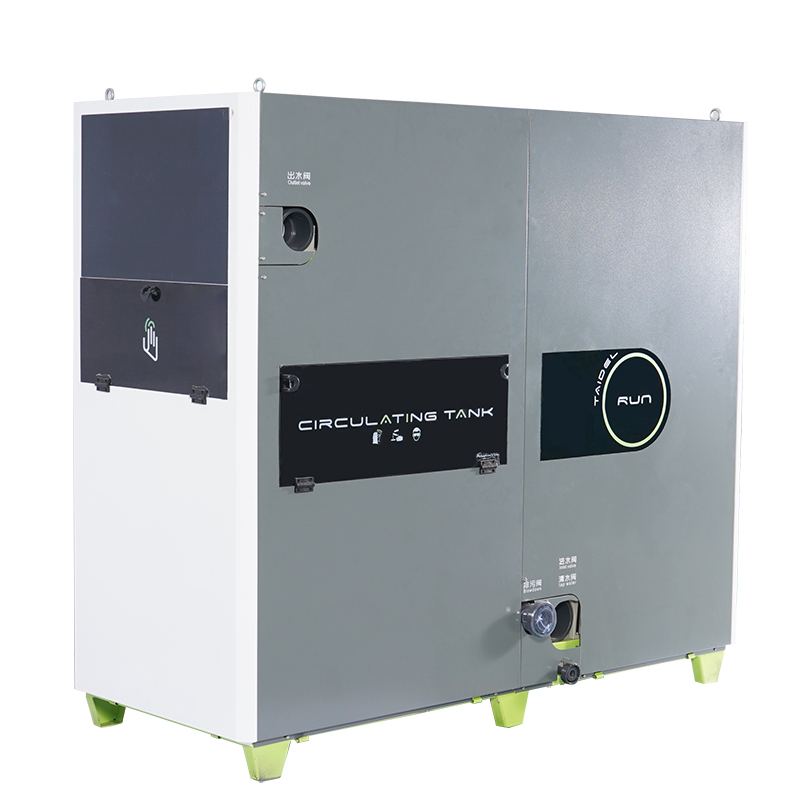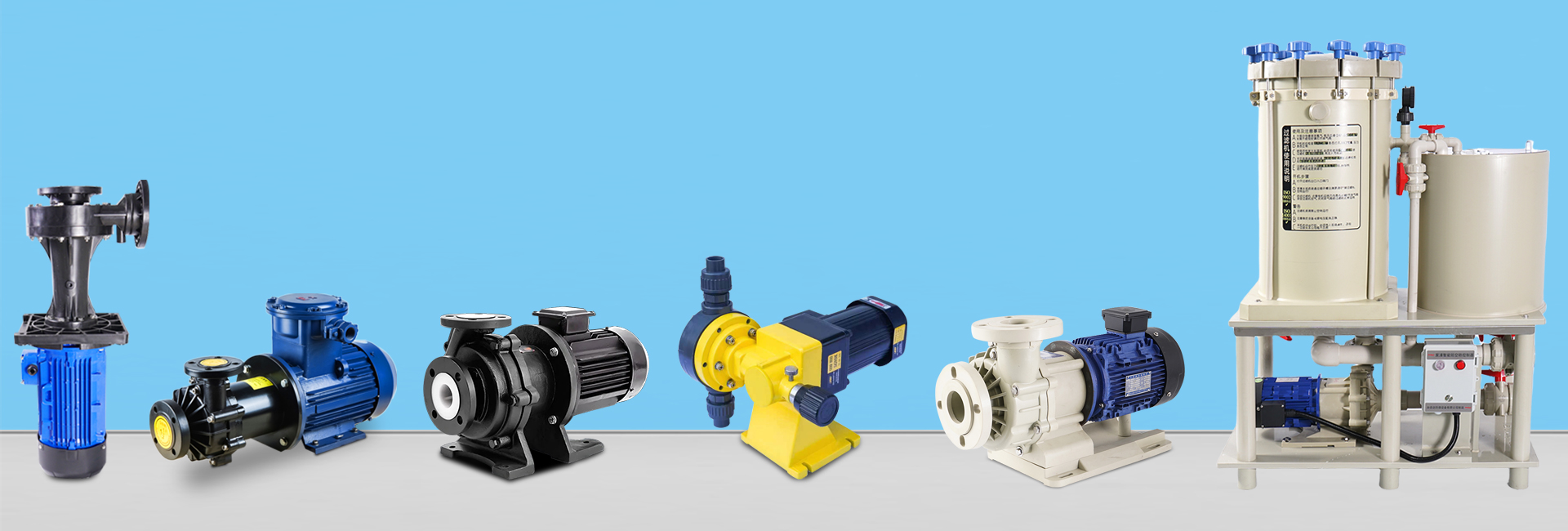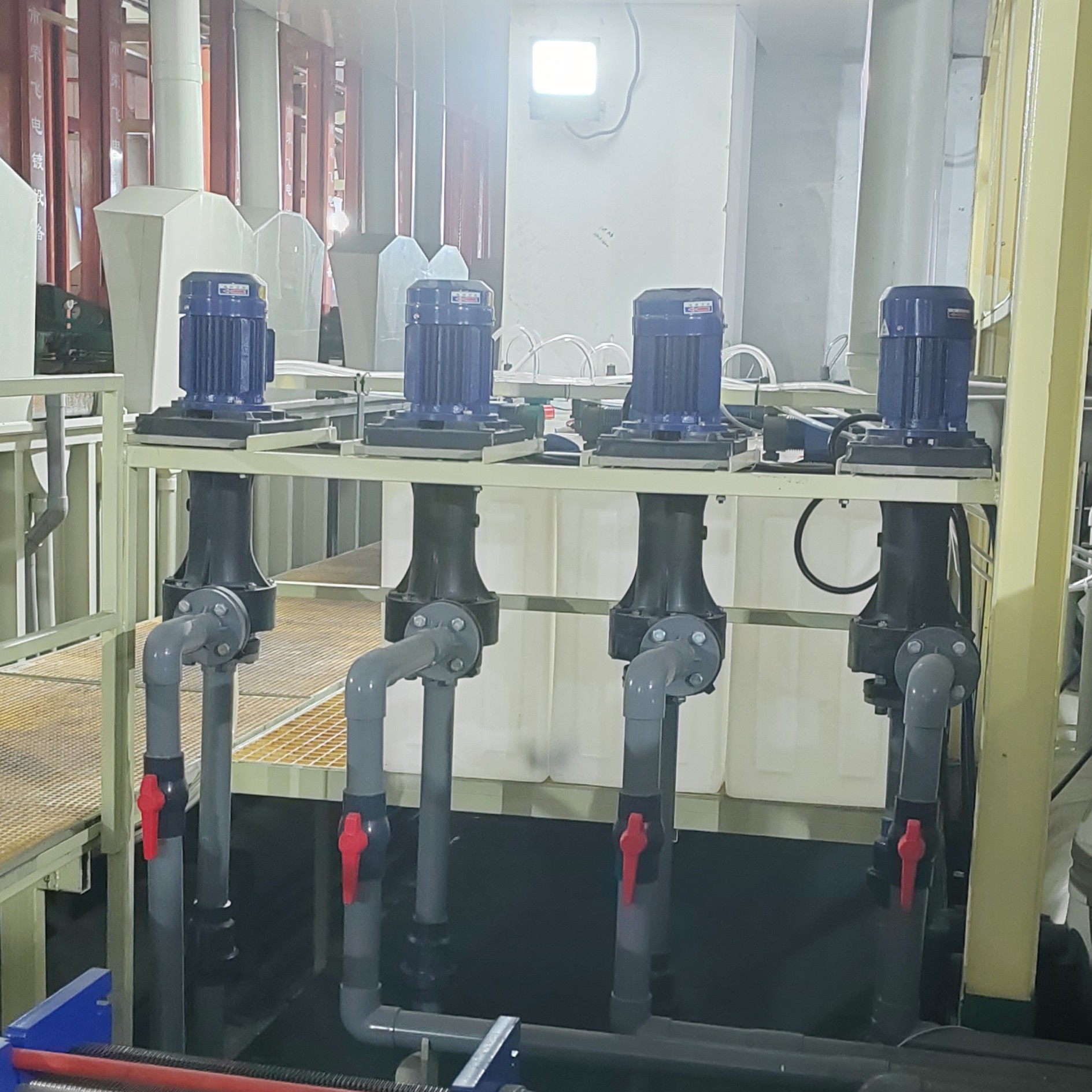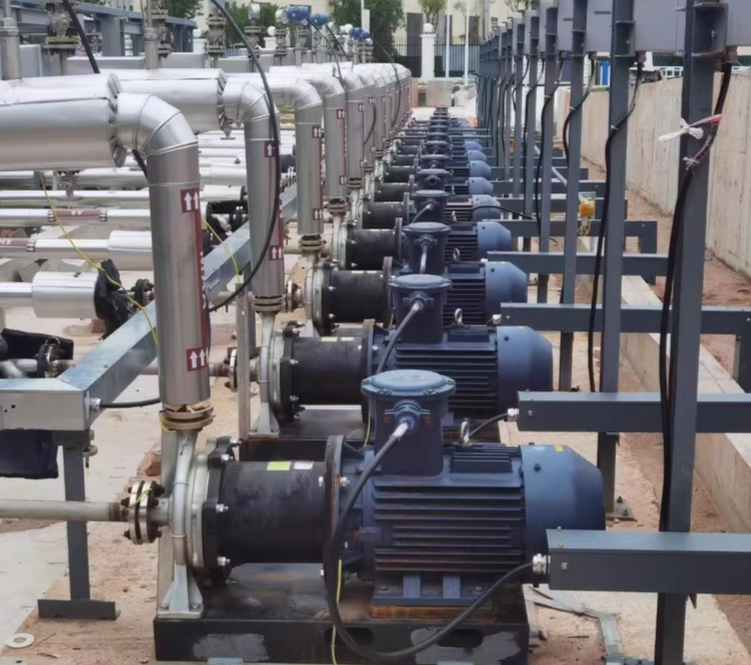Industrial filters play a crucial role in protecting equipment and maintaining process stability. However, over time, their performance may decline due to various mechanical, environmental, or operational factors. Understanding these causes and implementing proper maintenance strategies can significantly extend filter life and improve efficiency.

1. Filter Media Clogging or Contamination
Cause:
The most common reason for decreased filter performance is clogging of the filter media. Solid particles, oil residues, or fine contaminants accumulate on the filter surface, reducing the effective flow area.
Symptoms:
Increased pressure drop
Reduced flow rate
Noticeable decline in filtration efficiency
Solutions:
Clean or replace the filter element regularly
Optimize filtration precision based on particle size
Use a pre-filter to reduce the main filter’s load
2. Filter Element Aging or Damage
Cause:
Continuous exposure to high temperature, chemical corrosion, or long-term pressure can cause the filter element to age, deform, or rupture.
Symptoms:
Unstable filtration performance
Contaminants passing through the filter
Pressure fluctuation during operation
Solutions:
Use filter materials with higher corrosion and temperature resistance
Replace the filter element according to its service life
3. Changes in Operating Conditions
Cause:
Changes in flow rate, viscosity, temperature, or system pressure beyond the filter’s design limits can severely affect performance.
Symptoms:
Drop in filtration efficiency
Filter element collapse or damage
Solutions:
Keep system parameters stable
Choose filters with adequate capacity and safety margins
4. Improper Installation or Poor Sealing
Cause:
Incorrect installation of the filter element or damaged seals can cause bypass leakage, allowing unfiltered fluid to pass through.
Symptoms:
Reduced filtration accuracy
Contaminants found downstream
Solutions:
Inspect seals and gaskets regularly
Ensure the filter element is properly seated during installation
5. Inadequate Filter System Design
Cause:
If the filtration area is too small or the flow velocity too high, the filter will clog quickly and fail to maintain proper filtration performance.
Symptoms:
Frequent clogging
Short filter replacement intervals
Solutions:
Increase the filtration area or add multi-stage filtration
Adjust the flow rate and optimize the piping layout
6. Poor Maintenance and Monitoring
Cause:
Neglecting routine maintenance, such as cleaning, pressure monitoring, or replacement, can lead to chronic performance degradation.
Symptoms:
Persistent high pressure drop
Reduced overall system efficiency
Solutions:
Establish a regular filter maintenance plan
Install a differential pressure gauge or automatic alarm system
⚙️ Summary Table
| Cause Category | Typical Issue | Main Impact | Recommended Solution |
|---|---|---|---|
| Filter clogging | Contaminant buildup | Flow rate drop, high pressure | Clean or replace filter element |
| Media aging | Material degradation | Poor filtration accuracy | Replace regularly |
| Process variation | Pressure/temperature fluctuation | Filter collapse or damage | Stabilize operating conditions |
| Installation issue | Seal leakage | Unfiltered fluid bypass | Check installation and sealing |
| Design problem | Insufficient area | Frequent clogging | Optimize system design |
| Poor maintenance | Lack of monitoring | Low system efficiency | Scheduled inspection & cleaning |
💡 Conclusion
A decline in industrial filter performance usually stems from clogging, material aging, unstable operating conditions, or poor maintenance.
By implementing regular inspections, proper filter selection, and effective monitoring, you can significantly improve filtration efficiency, reduce downtime, and extend equipment lifespan.







